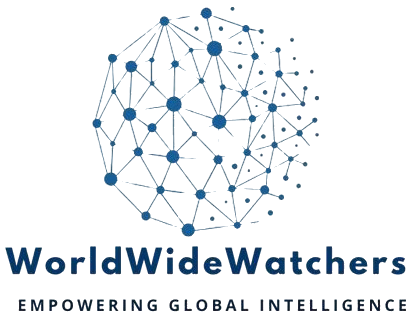Why Nato is struggling to rebuild itself in an increasingly threatening world – The Conversation Africa
Published on: 2025-04-08
Intelligence Report: Why Nato is Struggling to Rebuild Itself in an Increasingly Threatening World – The Conversation Africa
1. BLUF (Bottom Line Up Front)
NATO faces significant challenges in redefining its role and capabilities in response to evolving global threats. The alliance’s historical focus on collective defense against the Soviet Union has shifted, but internal disagreements, financial imbalances, and geopolitical tensions hinder its adaptation. Key recommendations include enhancing European defense capabilities, revising funding models, and strengthening transatlantic relationships to ensure NATO’s relevance and effectiveness.
2. Detailed Analysis
The following structured analytic techniques have been applied for this analysis:
General Analysis
NATO’s original purpose was to provide collective defense for Western Europe against the Soviet threat. With the Cold War’s end, NATO expanded to include former Warsaw Pact countries, raising tensions with Russia. Recent geopolitical developments, such as Russia’s annexation of Crimea, have highlighted NATO’s strategic challenges. The alliance’s reliance on U.S. military presence and funding has led to calls for increased European defense spending. However, internal disagreements and varying national priorities complicate efforts to redefine NATO’s role in a multipolar world.
3. Implications and Strategic Risks
NATO’s struggles to adapt pose risks to regional stability and international security. The imbalance in defense spending among member states could weaken collective security efforts. Geopolitical tensions, particularly with Russia, may escalate without a cohesive NATO strategy. Economic interests are also at risk if NATO fails to secure critical shipping routes and energy supplies in contested regions like the Arctic.
4. Recommendations and Outlook
Recommendations:
- Enhance European defense capabilities to reduce reliance on U.S. military support.
- Revise NATO’s funding model to ensure equitable contributions from all member states.
- Strengthen diplomatic efforts to address geopolitical tensions, particularly with Russia.
- Invest in technological advancements to maintain NATO’s strategic edge.
Outlook:
In a best-case scenario, NATO successfully adapts to new threats through increased European defense spending and stronger transatlantic cooperation. In a worst-case scenario, internal divisions and geopolitical tensions lead to NATO’s diminished influence. The most likely outcome involves gradual adaptation with ongoing challenges in achieving consensus among member states.
5. Key Individuals and Entities
The report mentions significant individuals and organizations including Mark Rutte and Donald Trump, without providing any roles or affiliations. Their statements and actions have influenced NATO’s strategic direction and internal dynamics.




